Navratri celebrations in Chennai are not only about Golu dolls, Saraswathi Puja or Ayudha Puja. These days, Durga Puja and Dandiya Raas too are regular events in the city, reports S Saraswathi.
The festivities are not restricted to just one community any more; everybody joins in the fun.
G C Ukil is a member of the Dakshini Society in Anna Nagar, Chennai. The society has been organising Durga Puja in the city since 1996.
The 120 members comprise not just Bengalis, but Tamilians, Maharashtrians and Telugus, as well.
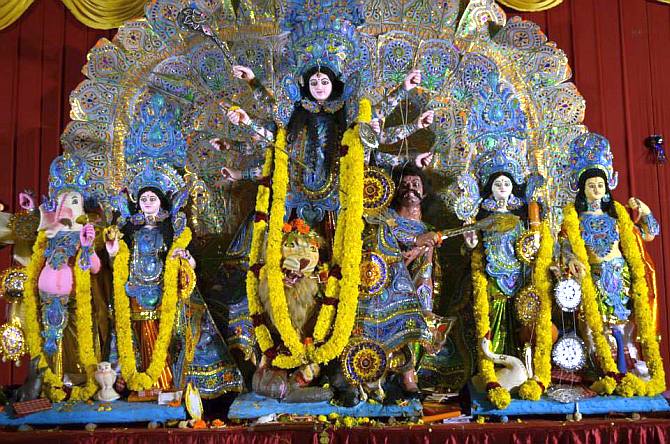
Photograph courtesy: Dakshini Society, Anna Nagar, Chennai
“Even when we organised our very first puja, we had several members from other communities. Some have previously stayed in West Bengal and understand how beautiful and grand this celebration is. But most simply enjoy the fun and excitement that comes with every festival, irrespective of the community that celebrates it,” says Ukil
The Durga Maa idol is made by idol makers from Kolkata, who stay for two to three months in the city to get the idols ready on time. A priest and cook are also imported from Kolkata.
Special pujas and aarti are performed in the morning and evening. Cultural events, dance programmes and competitions for adults and children are part of the celebration.
“One of our most popular events is the Anandmela; in fact, we start off the festivities with this food festival.
“The members prepare authentic Bengali food like luchis (poories made with maida and usually fried in ghee), which is served with a spicy potato curry, and traditional sweets like sandesh, rasagulla, jalebi and ledikeni (a gulab jamun-like Bengali sweet).” Ukil explains.
The food is also available at the stalls that are part of the celebrations. There is a free lunch for the members and guests every day.
A special khichdi called Bengali Bhog Khichuri is offered to Durga Maa as prasadam and later distributed among the visitors.
Ukil has been living in Chennai for more than 20 years now and says he prefers celebrating the festival here rather than his native state.
“I moved here in 1993 and have a lot of friends here. We all get together to organise the event, and it is a lot of fun. Though we have relatives in Kolkata and do make a trip there occasionally, I prefer to be in Chennai during Durga Puja.”
Shubro Chaterjee too is a long-time resident of Chennai. He moved to the city 14 years ago.
“Celebrations are very grand in Kolkata, expenses run into lakhs. Nowadays, in Chennai too the preparations are elaborate. Several associations organise Durga Puja here and it is just as authentic as in West Bengal,” he says.
Chatterjee belongs to the South Madras Cultural Association which is 350 families strong.
This year the SMCA has organised a Dandiya Raas too.
“Nowadays it is a cosmopolitan culture; everyone is part of the other's celebrations. We have several Tamilians as members. Everyone participates with equal enthusiasm.
“This year we have invited artists from West Bengal for a performance, but we have also arranged for a Dandiya Raas.”
The celebrations go on for six days, starting with Panchmi, followed by Shashthi, Saptami, Mahaa-Ashtami, Mahaa-Nabami, and Vijayadashami. Each day, there is a different puja and aarti is performed, followed by the Pushpanjali and the Sandhya Aarti in the evening.
On the last day, Vijayadashami, the women celebrate the Sindoor Khela or Sindoor Utsav. Married women dressed in traditional Bengali saris, smear sindoor on one another and wish each other a happy married life.
This festival is especially significant as it is believed that Maa Durga is leaving for her in-laws’ house after staying with her parents for five days.
Sindoor is first applied to the idol of Durga Maa and then on the other married ladies. Traditional sweets are prepared and she is sent off with a lot of fervour and enthusiasm. The puja ends with the immersing of Maa Durga's idol.
Vini Bhatia, a teacher at a local school, is from Ahmadabad. She prefers to celebrate Navratri in Gujarat.
“I prefer to go to Ahmedabad during festivals. Here we have to create an environment, create a group, but there it is just pure magic,” she says.
“Every morning and evening for all the nine days of the festival we recite the Shri Durga Chalisa to invoke the blessings of Goddess Ambe Maa. Many people fast for all the nine days eating only fruit and milk products. No oil, salt, ghee, rice or dal is allowed.”
On the eighth day, that is Ashtami, nine young girls (representing the nine forms of Goddess Durga) are invited home.
“After performing the aarti, we wash their feet with water. A breakfast consisting of puri, chole and halwa is offered and before they leave it is customary to offer them a little gift.We break the fast the following day,” Vini explains.
The Dandiya Raas is the most fun, she says.
“Nowadays malls like Express Avenue and the Taj Hotel too organise events, which include the dance and a Gujarati dinner.”
Classes are held for novices to learn the basic steps and build up stamina for the days ahead.
Dandiya Raas is a general term; there are many forms of the dance.
The first few rounds in which only the women participate is termed the Garba. The Dandiya is performed with sticks and both men and children can join in.
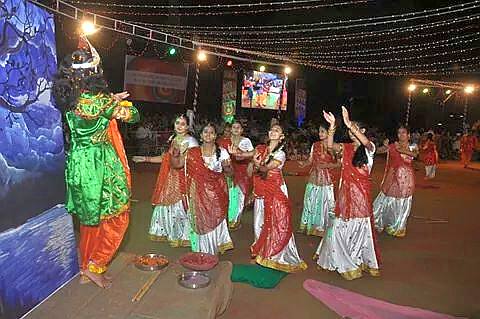
Photograph courtesy: Vini Bhatia
The Garba Raas is mostly for couples while the Chokadi is performed by groups of four.
Other communities too enjoy the festival. Rajalakshmi, an IT professional, is a Tamilian but will participate in the Dandiya Raas organised at a resort in OMR, Chennai.
“My two daughters love dancing. I want to show them what this festival is all about,” she says.
The girls have been kitted out in colourful chaniya-cholis and dandiya sticks and have learnt a few dance steps.
Rajalakshmi only celebrates the Saraswathi Puja, which falls on Navami, the ninth day.
“We prepare sweets and pray to Goddess Sarawathi with all the children's books, pen, pencil, etc. The next day, on Vijayadasami, we make sure that the children read, write or study something from their books.”
Padmaja, whose ancestral roots are in Karnataka, says that back home the traditional Dasara celebrations at Mysore Palace attract visitors from all over the country.
It is customary for families to display Golu dolls in their homes just like in Tamil Nadu.
“I grew up in Chennai and have never had the opportunity to visit Karnataka during Dussehra. But my mother often talks about the grand procession of Devi Chamundeswari, which starts from the Mysore Palace,” says Padmaja.
“Here in Chennai, we follow the custom of displaying Golu dolls. We usually plan a theme and arrange the dolls accordingly on tiers.
“We can have three, five or seven tiers. Friends and family are invited and usually evenings are quite busy with a steady stream of visitors.
“Everybody is dressed in their best, the women in silk saris and jewels, with lots of jasmine flowers. A different variety of sweet and sundal is prepared every day. When they take leave, we offer them a thamboolam, which is a small gift pack that includes turmeric, vermillion, betel leaves, coconut and a fruit.”
Padmaja says that with increasing work pressure, there is less time for family and friends, so it’s mostly during festivals that people make the effort to meet each other.








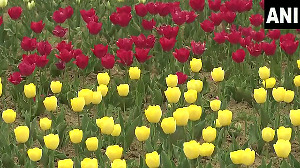
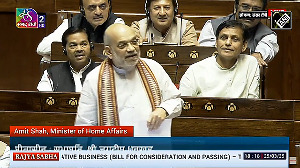
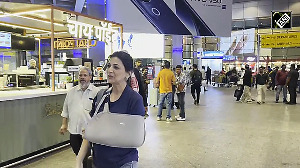
 © 2025
© 2025